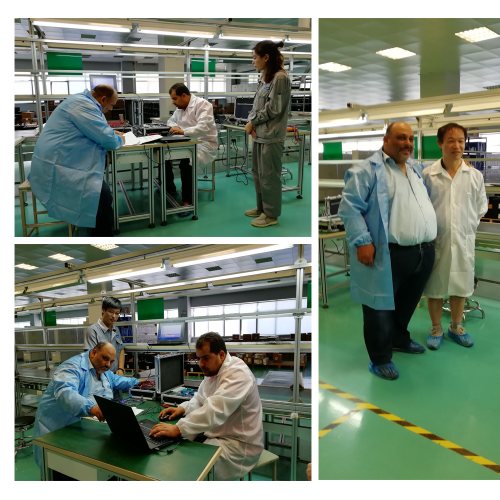Whatsapp: 0086-15153106200
E-mail: admin@minrry.com MR320E Wind Power Generation Training Equipment Didactic Equipment Teaching Equipment Electrical Laboratory Equipment
I. Equipment Overview
1 Introduction
1.1 Overview
This training system simulate demo wind generate electricity process, it enable students to learn wind generate electricity. Wind driven generator is driven by fan. This trainer cultivate students hand on ability, it’s suitable for engineering university, training institute, technical schools.

1.2 Feature
(1)This trainer use aluminum column structure, with inner integrated measurement meters, there is universal wheels at the bottom, it’s easy to move.
(2) It can do many experiment circuit and components, students can combine them to different circuit, do different experiments and training content.
(3) Training workbench with safety protection system.
2. Performance parameter
(1) Wind power generation set: wind power generation is consisted of fan unit and air-blower unit, it adopts aluminum profile structure, the bottom of equipment is with universal wheels, the boundary dimension of fan unit is 800mm*800mm*1500mm(length× width× height), the boundary dimension of air-blower is 800mm*800mm*1500mm(length× width× height).
(2) Power box unit: aluminum profile structure, aluminum hanging box , boundary dimension 1080mm×300mm×740mm(length× width× height).
(3) Fan:
(4) Battery technical specification:
(5) Work condition:
Temperature-10~+40℃
Temperature≤80℃
Environment air: no corrosivity air, no fuel air, no large quantity of conductive dust
(6) Power:'

3. System introduction
This system is consisted of four parts: wind power system, control system and inverter system. The wind power system is consisted of air-blower, generator and battery. Control system is made up of wind power generation controller. Inverter system is made up of frequency inverter and load unit.
Simulative wind power generator, this system adopts horizontal shaft permanent magnet synchronous generator, it adopts air-blower to simulate natural wind, air-blower can select three wind speed, this system can simulate the change of wind direction and wind power through changing the speed and location of air-blower, then it can detect the generation effect under the corresponding condition. Simulation wind power generator is as shown below.
Simulation wind power generator
As shown above, the left picture is wind power generator, the wind power generator output is three phases AC 12V, output terminal connect to the connection box which located in the underneath of equipment. Right picture is air-blower unit, its power supply is single phase AC 220V,50Hz, when it working, connect the pedestal of two portion together through profile connecting rod. As shown below.
Connecting mode of simulation wind power generator
Controller panel picture
Indicator light condition explanation
3.2 Power control panel
(1) Voltage, current output indicator
(2) Equip with power indicator, safety power output terminal.
(3) Inner with AC power source, with short circuit protection function. And students can observe inner power box structure through transparent window.
3.3 Equip components
(1) Controller hanging box 1 piece
(2) Inverter hanging box 1 piece
(3) Meter box hanging box 2 pieces
(4) Terminal load hanging box 2 pieces
(5) 4mm safety electrical connection cable 40 eas
4 Experiment list
(1) Battery feature test:1) electricity technical parameter 2) Battery connect in series and parallel
(2) Charge controller experiment:1) connect inversed protection experiment 2) Controller protection on battery overcharge 3) Controller protection on battery over discharging experiment 4) Anti charge experiment
(3) Simulate wind generating electricity system experiment
(4) Wind energy charging control experiment
(5) Generator work power test experiment
(6) Inverter basic principle experiment
(7) Simple inverter output waveform test experiment
(8) Inverter basic principle experiment
(9) Simple inverter output waveform test experiment
(10) Inverter power drive AC load experiment